

|


|
Tamiya Kubelwagen Type 82 - 56012
|
Released by Tamiya on November 29, 2000, the German Kubelwagen Type 82 (#56012) came as an assembly kit complete with two motors and a 2-channel radio system.
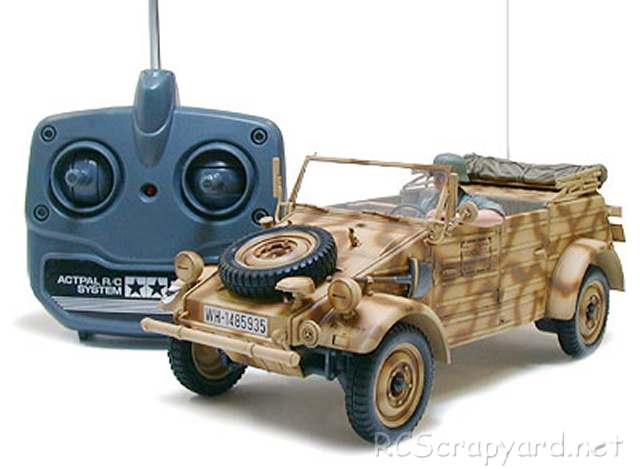
The model features rear-wheel drive and a rear mounted powerplant. Front wheel independent suspension allows for smooth running over rough surfaces. Kit comes with transparent parts for instrument panel and taillights.
The Volkswagen Kübelwagen was a light military vehicle designed by Ferdinand Porsche and built by Volkswagen during World War II for use by the German military and was seen on the hot sands of North Africa; on the frozen Russian Front; Continental Europe; as well as defending the Fatherland from Allied attack. Based on the Volkswagen Beetle, it was prototyped as the Type 62, but eventually became known as the Type 82.
This model comes with metal bushings, that after a short while, when dust and grit get into them, can actually wear into the metal drive shafts that spin in them - we recommend these should be replaced by a full set of steel shielded ball bearings ASAP.








|
|
|

|
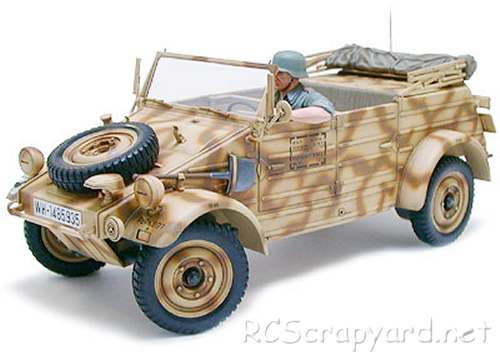
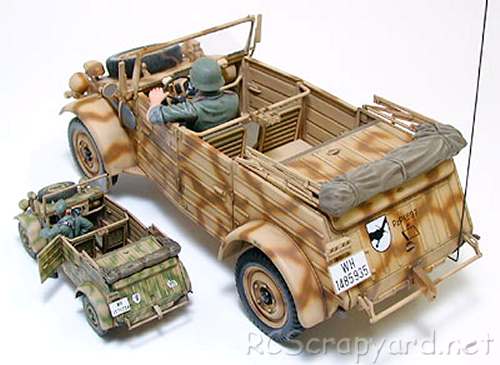
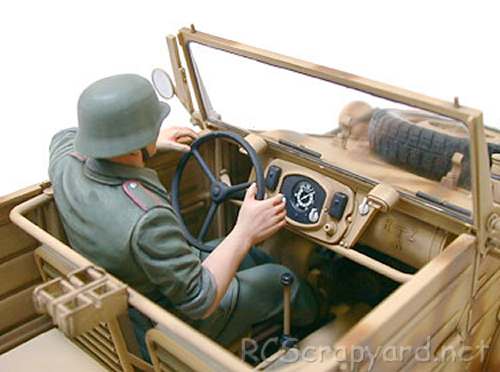
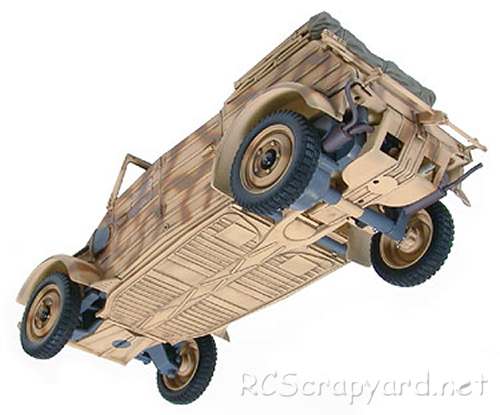
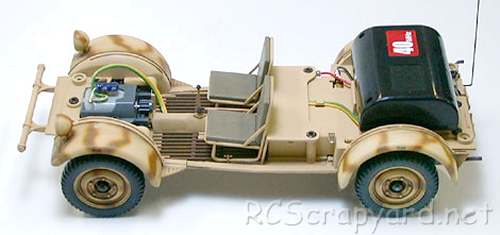
|
Hints, Tips and Information
How to avoid Radio Interference
1/ The first consideration when installing your Receiver into your Electrically Powered Model is to make sure it is well away from the Negative Battery terminal, and the Motor. The Magnetic field can cause stuttering type interference at times of high current draw (i.e., Fast Acceleration) |









|






|
|
|
|
Hints, Tips and Information Make your RC Model Ball Bearings Work for You
If you are serious about your racing, looking after your bearings is essential if you are to remain competitive. |
Information and AdviceElectronic Speed ControllersHistory
ESC were originally developed to be used in conjunction with brushed 27T stock and modified motors in the late 1970s, early 1980s. Compared to modern day Controllers, they were Bulky and heavy, constructed using basic resistors, rheostats, capacitors and transistors, crammed together on a simple circuit board, to provide stepped but smooth acceleration when compared to the old mechanical, servo operated sweeper Speed Controllers. An Electronic Switch to change the direction of current flow was used on some of these early ESC to give reverse operation. Although they were a vast improvement on the old mechanical speedos of the time, they were expensive, jerky to control, and prone to burn out if not carefully looked after. |
|
RC Models:
|
Radio & Motors: |
Other
Accessories: |